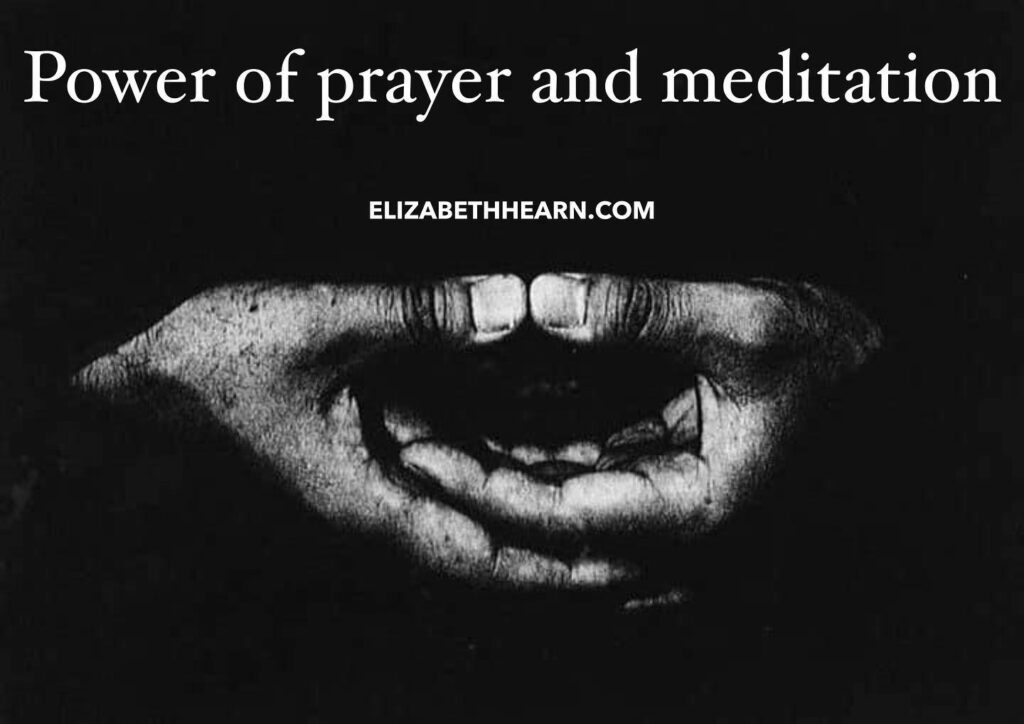
In life “One is either a pilgrim or a tourist” said my enlightened friend, Lady Wedgwood. I am a person in longterm recovery who was fortunate to meet many remarkable, wise people in my early recovery, their collective unbounded generosity of spirit has inspired a lifelong homage to humanity.
CONNECTION. COMMUNITY & COMPASSION: A deep bow to my teachers: Marianne Williamson, Betty Ford, Thich Nhat Hahn, Lama Yeshe, Meher Baba, Kitty Davy and Katie Irani and to my gracious beautiful deeply spiritual sober friends. You said at my first meeting: “Let us love you until you can love yourself.”
I love you. I thank you. I’m eternally grateful . Your collective love, emotional wisdom, patience and perseverance instilled deep within my soul a love of God – how to live this life divine, to listen, be comfortable with uncertainty, be curious, autonomous, present and compassionate.
One day you finally knew
what you had to do, and began,
though the voices around you
kept shouting
their bad advice —
though the whole house
began to tremble
and you felt the old tug
at your ankles.
“Mend my life!”
each voice cried.
But you didn’t stop.
You knew what you had to do,
though the wind pried
with its stiff fingers
at the very foundations,
though their melancholy
was terrible.
It was already late
enough, and a wild night,
and the road full of fallen
branches and stones.
But little by little,
as you left their voice behind,
the stars began to burn
through the sheets of clouds,
and there was a new voice
which you slowly
recognized as your own,
that kept you company
as you strode deeper and deeper
into the world,
determined to do
the only thing you could do —
determined to save
the only life that you could save.
Mary Oliver
The Journey
NYC, from the moment my feet touched American soil felt like home, similar to the resonance, a rekindling of past lives in the present is how I experienced India, an awakening of a felt sense of universality – we are as Ram Dass would always remind me, walking one another home.
My soul’s journey home.
Freedom from the bondage of self.
Addiction crushed my soul.
Recovery is a continuum of being in community.
#archetypal #psychology #individuation #persona #shadow #impermanence #interconnectedness #community #polarities
Recovery is a paradox. Steps One to Step Twelve has continuously shown me the power in a daily surrendering, relieving me of the bondage of self obsessions, compulsivity, impulsivity, insecurity, fear and doubt.
Recovery is a continuum of actions that when practiced unravel a lifetime of conditioned thinking: insecurity, fear and doubt greed and delusion bring a heavy burden of suffering. Actions conditioned by generosity of spirit, lovingkindness, and wisdom lead to a light and happy sense of well-being.
The five holy powers:
Faith: Saddhaā is confidence.
Energy: Viriya is presence and purpose with courage.
Mindfulness: Sati is in the moment alignment.
Connection: Mind, body, soul unification.
Wisdom: Pāññā: Intuitive wisdom.
I was taught how to access the richness of one’s inner life, past and present. A return to love was revealed in the daily “A Course in Miracles” with Marianne Williamson. Eventually overcoming fear of self examination I found the 12steps illuminating, helped by the teachings (being in the be-tween states) that is the Bardo:
“In Tibetan Buddhism, “bardo” is a between-state. The passage from death to rebirth is a bardo, as well as the journey from birth to death. The conversations in “Between-States” explore bardo concepts like acceptance, interconnectedness, and impermanence in relation to children and parents, marriage and friendship, and work and creativity, illuminating the possibilities for discovering new ways of seeing and finding lasting happiness as we travel through life.‘ Ann Tashi Slater
Turning points, according to Joseph Campbell’s “The Hero’s Journey” is listening and responding to “the call to adventure.” the hero feels called, from their routine to venture into the unknown. The archetypal journey: persona, shadow, anima and animus embodies “who am I” and can begin the process of a lifelong transformation from separation to connection.
It is said that addiction creates much suffering, a spiritual bankruptcy of the soul. The spiritual solution to suffering is revealed in the ancient texts of the Upanishads.
THREE KINDS OF SUFFERING and FOUR NOBLE TRUTHS
“There are three categories of suffering or pain in the Buddhist tradition: all-pervading pain, the pain of alternation and the pain of pain. All-pervading pain is the general pain of dissatisfaction, separation and loneliness. The sense of alternation between pain and its absence, again and again, is itself painful. And then there is the pain of pain. Resisting pain only increases its intensity.”
The Myth of Freedom by Chogyam Trungpa Rinpoche, 9-11
Commentary by Pema Chödrön
“In the first teaching of the Buddha – the teachings on the four noble truths – he talked about suffering. I have always experienced these teachings as a tremendous affirmation that there is no need to resist being fully alive in this world. The first noble truth says simply that it’s part of being human to feel discomfort. If we resist it, the reality and vitality of life become misery. The second noble truth says that this resistance is the fundamental operat- ing mechanism of what we call ego. The third noble truth says that the cessation of suffer- ing is letting go of holding on to ourselves.”
The Wisdom of No Escape, 38-41
Dark nights of the soul are often the addicts only companion – until a moment of clarity reveals there is another way… an invitation to change, transform, transcend in the immediacy of daily life in recovery.
My recovery journey began 35 years ago. A moment of divinely inspired clarity: a state of desperation, the admissions office at Payne Whitney Hospital, at-risk of overdosing, incapable of coping with suicidal thoughts caused by chronic addiction. Beyond helpless and hopeless.
A deep bow to my darling Scottish mother. She encouraged me to dream, and self reflect throughout the day, pondering upon the beauty, recognition and love for humanity.
Perhaps the veil of separation was lifted moment, just enough for me to listen to her suggestion I volunteer, help others who were in need of connection, comfort and compassion.
Perhaps she thought, helping others would help me help myself. Echoes of her salient thoughts always soothed my troubled soul. Love, she believed was our the highest calling. She was well known in our community as a kind, compassionate person. A friend too many, always ready to help.
We shared a deep love of humanity, always wanting to see the best in others. I continue to find comfort in her wisdom, particularly when a relationship finished because of what she had taught me as a child, the antidote to suffering is in helping others, doing service, within one’s community.
G.B. SHAW philosophy on suffering: “This is the true joy in life. The being used for a purpose considered by yourself as mighty. The being a force of nature instead of a feverish selfishlittle clod of ailments and grievances complaining that the world will not devote itself to making you happy.
I am of the opinion that my life belongs to the whole community and while I live it is my privilege to do for it whatever I can. I want to be thoroughly used up when I die. For the harder I work the more I live. I rejoice in life for its own sake. Life is no brief candle to me. It’s a sort of splendid torch that I’ve got hold of for the moment and I want to make it burn s brightly as possible before handing it on to future generations.”
The unbridled progressiveness of addictive behaviours: neurotic obsessiveness, compulsivity, inconsistent impulse control substance abuse and dependency: prescription pills, alcohol and opines valium for 17 years manifested intense suffering in the immediacy of my daily life.
Freudian Psychoanalyst Karen Horney’s “Neurosis and Human Growth is a revelatory study in the holistic template for individual development, growth and maturity.
Dr. Karen Horney writes:
“Only the individual himself can develop his given potentialities. But, like any other living organism, the human Individuum needs favorable conditions for his growth “from acorn into oak tree”; he needs an atmosphere of warmth to give him both a feeling of inner security and the inner freedom enabling him to have his own feelings and thoughts and to express himself. He needs the good will of others, not only to help him in his many needs but to guide and encourage him to become a mature and fulfilled individual. He also needs healthy friction with the wishes and wills of others. If he can thus grow with others, in love and in friction, he will also grow in accordance with his real self.
Of course, when one is a highly functioning addict, or so I believed, surrounded by a close circle of enablers whose addiction to pain and drama mirrored mine. Mutuality, maladaptive coping mechanisms chaos, consequences and conflict were the norm, Deflecting, reactionary behaviours automatically suppressed.
This moment, whether divinely or dharma inspired revealed another way forward, through the suffering, angst and isolation caused and effected by active addiction.
Spiritual awakenings opportunities to heal, grow and thrive. Emergent awareness. Much, within me needed to heal from the madness of addictive cycles, chaos and harm. I experienced my life as an empty husk vessel for many years.
As this moment faded onto the next I felt a willingness to learn about the human condition safely held in the frame of psychology, philosophy, mythology, and the spirituality of holistic therapies, the 12steps and universal recovery community.
Breath-works: breathing in hope, exhaling fear… every moment grounds my soul in a tender reverence for life. Every ending is beginning. Life is cycle of cycles. A continuum of the between bardo states transcends emotions into wisdom and spiritual awakenings.
Upon awakening: A self created daily spiritual practice of breath work, yoga and the practice of transcendental meditation over time manifested strength in stillness moments, becoming longer periods of peace, harmony and balance eases me into the day ahead with enthusiasm. I no longer need to suppress pain and suffering. Sevâ broke the treaty of obsessive, compulsive sabotaging behaviours, patterns and theme, true from the bondage of self.
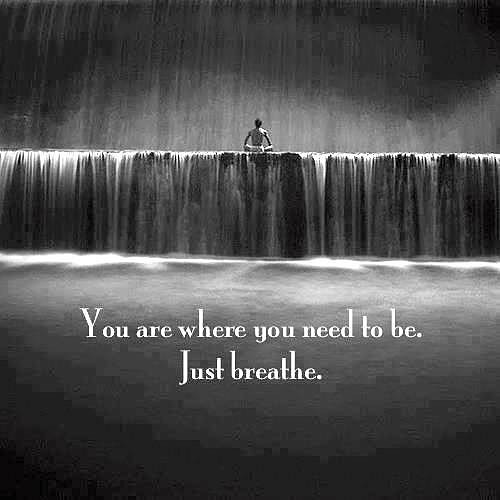
Constant cravings for something outside of my reality to fix, digest, inhale etc had been lifted. Lingering feelings of being anxious, irritable and discontent occurred albeit far less frequently. Until one day, a few years into my recovery, as a result of 1-1 and family therapy, daily meditation, yoga, breath work, organic diet, intermittent fasting and being of service in the community I noticed I know longer thought about wanting to die, for I had embraced living a life beyond anything I could ever have imagined. A life of balance, beauty, many moments of feeling quietly happy in the immediacy of daily life is living my dharma.
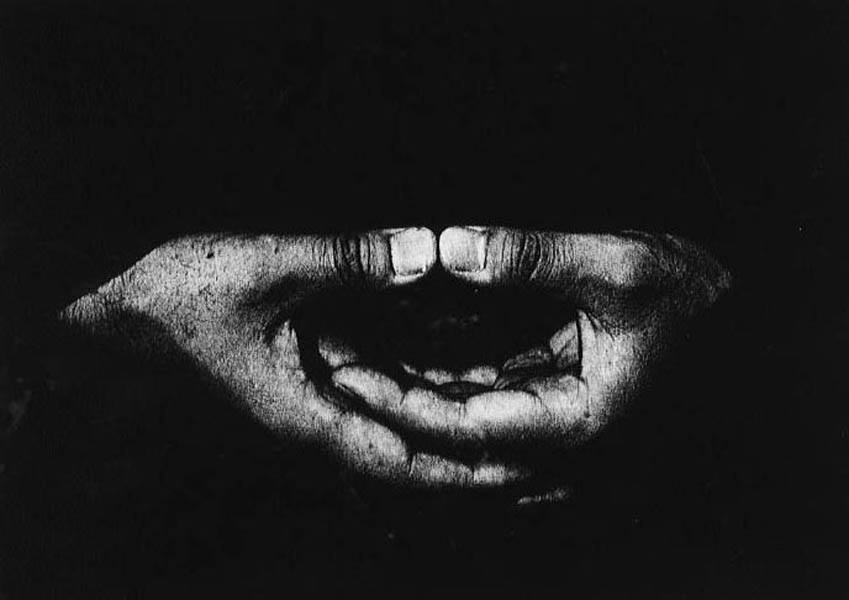
And so it goes…every ending is a beginning. In 1989, a few months sober, I was drawn to study the teachings of the Bardo I learned of by reading “The Tibetan Book of the Dead” specifically themes of acceptance, interconnectedness and impermanence after meeting Lama Yeshe in NYC. Previously my meditation practice had been influenced by the philosophy, mythology of Hinduism.
I experienced a deepening into the ancient wisdom of Tibetan Buddhism, and felt an affinity with bardo-in-between states, the theme of “dying before one dies” into working my way through the 12steps. I continue to study the bardo today, as a guide to living in dharma, not drama, this life divine.
In Tibetan Buddhism the understanding of “bardo” describes the journey from birth to death and illuminates concepts like acceptance, interconnectedness, and impermanence.
My mother felt she had failed at making me happy. It was her urging to change that prompted me to sign up as volunteer. My mother’s generosity of spirit was expressed in her ability to make me feel safe. Her legacy lives on in the benefits of doing service, being of service helping others as the antidote to self sabotaging selfishness.
Being in community. Consciously connected. Sevā is not meant to be done alone. I am speaking of the importance of doing service, being of service in the community. Sevā is shared with others, compassionate, selfless service.

Sevā in both Hinduism and Sikhism teachings and traditions is the concept of selfless service. The intention is be of service without expectation, outcome or recognition. A cultivation of connection. Pivots. Actions. Universality.
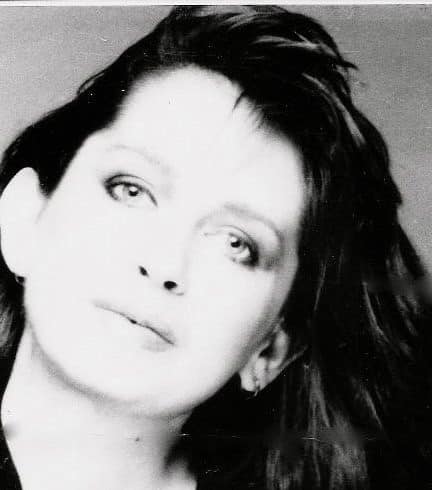
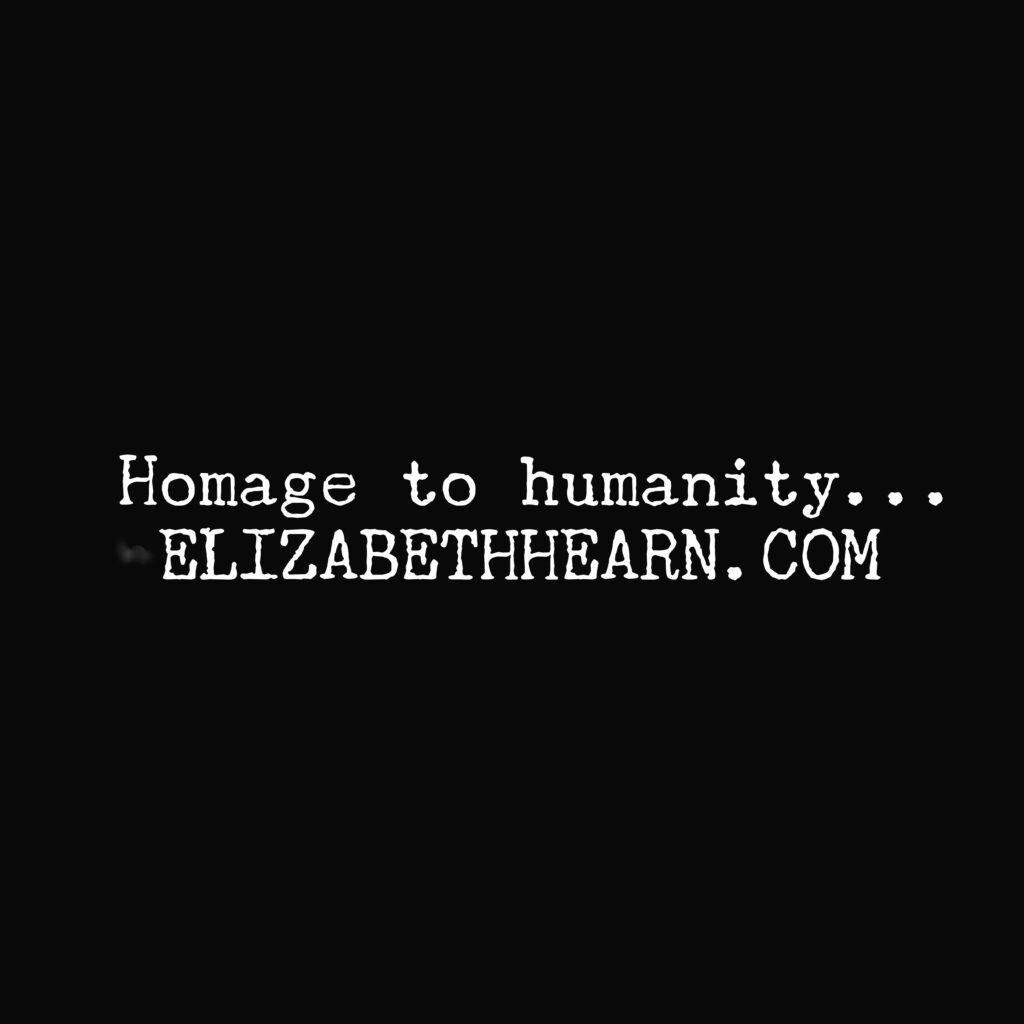
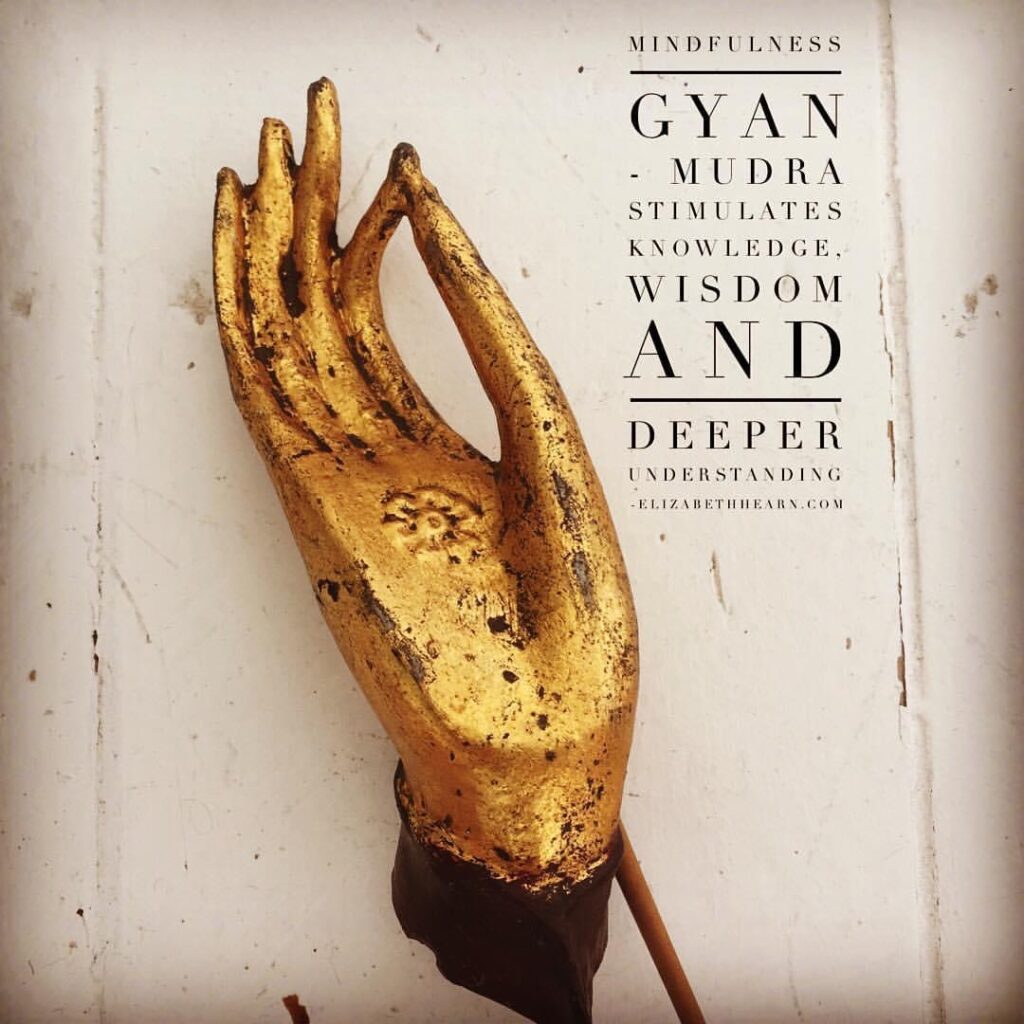
I felt compelled to write about a significant turning point in my life; transcending addiction into life in recovery by beginning a memoir/personal story that began in 1986 entitled “From Andy Warhol to the Ashram” as a humble homage to humanity. Pivots. Turning points. Spiritual awakenings. Seeking help. Holistic therapies, commitment, connection and community. Healing complex family trauma.
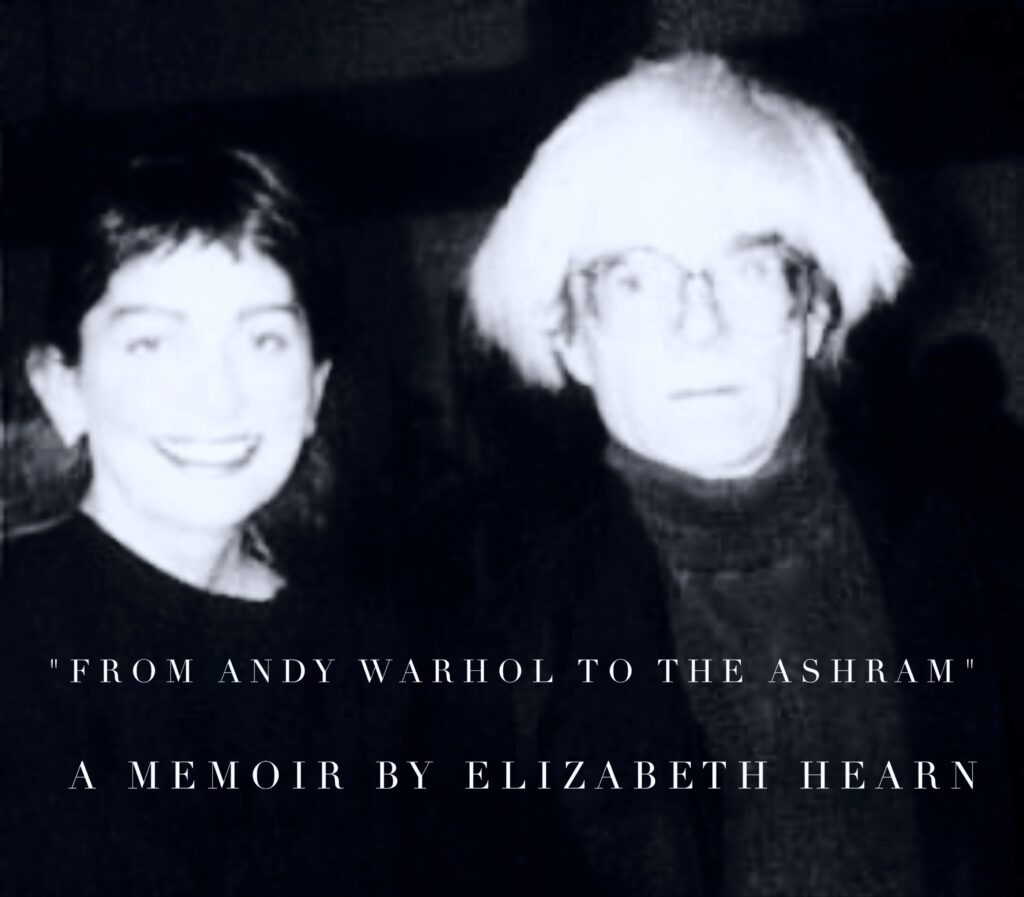
My book is about my friends, love inspired recollections of people who enriched my life, oftentimes in my darkest moments.
I go back in time to turning points such as when I began practising Transcendental Meditation aged 20. A compassionate friend’s insightful understanding of my suffering and unhappiness gifted me the TM training.
My hesitation in adhering to the TM attendance protocols, a micro detox from vodka, valium and cocaine was easy to do when one is young. That my brain was continuing to form was a few decades away from the scientific understandings of western medicine practitioners.
Fortunately my mind, body, thinking feeling behaviours have all been regenerated due to many years of consistent intermittent fasting, breath work, TM. Ayurvedic panchakarma, integrating ancient healing traditions with my personal version of mystical recovery from addiction.
My next book: “From Andy Warhol to the Ashram” is an invitation to share my journey, a twelve year ashrama cycle of cycles. Intimate encounters with luminaries Andy Warhol. First Lady Betty Ford. Marianne Williamson. Meher Baba’s Eastern & Western Mandali. Connection.
Community budding times in India. Working in the private and voluntary mental health sectors. Fabulous times influenced and evolved into my spiritual practice/conscious connection with God.
Centuries old indigenous wisdom, teachings and traditions. Eastern & Western philosophies, mythology, and psychology. Slow at first, the hesitation to surrender to a mystical work in progress recovery way of life continues today. Interventions, spiritual awakenings, alignments, retreating into silence, stillness and solitude.
We meet ourselves on the path of life. Memorable pilgrimages to ancient, sacred sites: India. Egypt. Australia. France. Italy. England. Scotland and America. An archetypal journey intertwined with psychological awareness. Optimal self care: healing the past in the present.
Bardo (in-between state of dying and rebirth. The soul’s journey home. Freedom from the bondage of self. Memorable pilgrimages. Many a deep bow at ancient sacred sites: India. Egypt. Australia. France. Italy. England. Scotland and America.
An archetypal journey. Heal the past in the present. A collective generosity of spirit, their unflinching honesty, and inclusiveness influenced the foundation of my daily spiritual sevā practice: recovery, healing, connection, community, and love.
The title “From Andy Warhol to the Ashram” came from the headline a journalist gave to an interview I gave about the book I co-wrote “The Babes Bible” Quadrille, 2000. A lighthearted insightful, relationship dating guide, the male archetypes.

A memoir.
“From Andy Warhol to the Ashram”
Sevā | Sobriety | Stillness
Encounters with:
Andy Warhol
Betty Ford
Marianne Williamson
Meher Baba
Psychotherapy & Counselling
HP/NCH. Fellow ACCPH
ELIZABETHHEARN.COM
Recovery is not just about sobriety, it is about community. For me, a longterm sober women, a continuum of connecting with the universality of the recovery community has engenders and sustains my conscious contact with a God of my understanding. My spiritual practice is grounded in the power of prayer and meditation.
I continue to do the work: holistic therapies, compassionate self care form my daily rituals that define my life in recovery. Transforming maladaptive coping mechanismS, healing trans-gerantional trauma, led to self transcendence. In 1988, newly sober, I was fortunate to engage in 1-1 personal therapy with a brilliant, wise therapist to heal my soul.
I had resisted receiving help and despite an exquisitely painful family intervention because I didn’t want to go rehab, (I have yet to meet anyone in recovery who did!) however, what I resisted, persisted. 30 days later, I relapsed the day I left rehab.
Deep troubled, in total binge/fuck-it mode , at the airport I did not hesitate in buying bottle of vodka to transfer in Evian water bottle, before boarding the plane back home to NYC.
I don’t remember my first drink/drug related blackout, I assumed it was because I drank to excess. Later I would learn about the terrible last effects of alcohol and prescription pill, abuse. I was a blackout drinker, albeit highly functioning, cognitively capable of masquerading capabilities. The benefits of a lifetime of the pursuit of perfectionism!
The progressiveness of addiction created suffering. People leave, sick and tired of emotionally and financially enabling, deception, betrayal, chaos and unaccountability. I spiralled into abject loneliness. My days, became a daze. Constant cravings. Obsessive thinking needs certainty, and the only certainty was that I had sufficient Vodka, valium and cocaine. Nothing else mattered. I could not stay stopped. My recovery story begins with what happened the day and night of my last ever drinking and drugging slow suicide episode. And the person whose intervention saved my life, and helped me stop the madness.
In rehab I had read Betty Ford’s autobiography. Later that year, I met Betty at a Betty Ford alumni dinner in NYC. Her recovery story is a powerful testament to the truism: you are not alone, and need never drink or drug again. She befriended me and loved her enthusiasm for all that life offers, one day a time.
Sevā recollections: volunteering with Andy Warhol, (he thought he was deeply superficial- I came to ow whims deeply spiritual) ) First Lady Betty Ford regularly came to NYC to attend Betty Ford alumni meetings ( I trusted her when she told me: “let us love until you can love yourself”) President elect 2024 Marianne Williamson whom I had the privilege of volunteering with at her healing centre in NYC in 1989 the “Centre for Living” was a holistic healthcare community for people living with (there was no cure at that time) with AIDS, a global health crisis, to receive treatments and much more. Marianne’s universal healthcare dream had begun.
An existential crisis led to a healing intervention, initially he took me on a pilgrimage to Meher Baba’s ashram. What happened in a few days compelled me to return and live in a rural village, close to the Meher Baba’s samadhi. Fabulous, spiritually enriched days of wonder and joy.
The universality of sevā is my homage to humanity at it most humble, generous and kind. Wonderful times.

I am in my 35th year of continuing sobriety. I have had the privilege of helping people feel seen, heard and helped. An end to suffering is in no feeling longer isolated and alone subsumed by the depth of psychological suffering.
Recovery is complex, it is not what I thought it was when I went to my first 12step meeting. My preconceptions were simply fear based judgements, designed to keep me from committing to lifetime of abstinence based sobriety. Challenging conditioned thinking requires courage, conviction and clarity.
What is resisted, persisted. What I changed, changed. Sometimes swiftly, most of the time slowly….wonderful lesson in patience, poise and possibility.
Sarvesham.